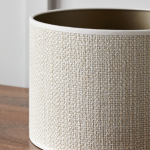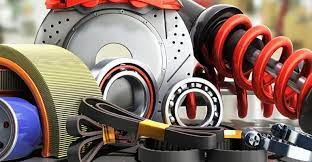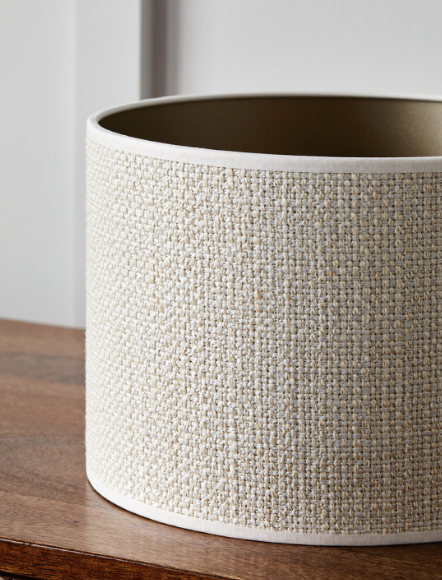When looking for a Cleanroom Certification, look for a facility that focuses on the cleanliness of the working environment. Many cleanrooms have airtight walls, return air grills, windows, and doors to recirculate air and remove contaminants. Room air exchange rates are also crucial for cleanroom certification. A cleanroom must be analyzed by cleanroom certification companies during product development to ensure the appropriate contamination controls are in place.
Classification systems
There are several different classification systems for cleanrooms. Among the most widely recognized is the US FED STD 209E, first published in 1963. It sets maximum levels for particles in a room in cubic feet. Other classification systems include ISO 14644-1, which established groups for cleanrooms based on their airborne particle concentration. These standards are used by many data recovery companies today. To get your cleanroom certification, it’s essential to understand the different classification systems.
ISO 14644: ANSI/CAPI-S2094 requires using a particle counter to determine the number and size of particles in a cleanroom. Understanding that this type of monitoring system will also need a risk assessment is essential. Both methods require coverage of all critical processing zones, which is integral to cleanroom certification. To avoid a high risk of contamination, the ISO 14644: Annex 1 requires using a particle counter to measure particle concentration and size.
Minimum number of sample locations
To be certified as a cleanroom, a facility must meet the minimum requirements set by ISO 14644-1:2015. This standard details the minimum number of sample locations and the level of confidence that the facility can meet these requirements. The minimum number of sampling locations depends on the cleanroom area and must be verified and documented by a qualified auditor. There are various options for monitoring the size of a cleanroom, but Lasair(r) III Aerosol Particle Counter is the most commonly used solution. In addition, Airnet(r) II Air Particle Sensor is an effective option for dedicated continuous sampling.
While the FS209E and ISO 14644-1 are nearly equivalent, ISO 14644-2 specifies additional testing requirements and defines new class designations. It also lays out requirements for monitoring a cleanroom and its zone. As a result, the ISO standard specifies that fewer sample locations are required as a cleanroom/area grows more prominent. Additionally, ISO 14644-1 requires a sample of at least one minute of air, while the Federal Standard allows shorter samples for smaller particle sizes.
Purpose
Cleanroom certification is vital for various industries, including pharmaceutical manufacturing, electronics manufacturing, and food and beverage processing. Certification ensures that all cleanrooms meet specific industry standards. It is important to note that the tests that certify a cleanroom are not necessarily the same as those that permit the equipment. Certification is often necessary when a facility needs renovation or contamination control. The process is complicated, and testing may involve several factors.
To obtain cleanroom certification, a company must control several variables, including air quality. For example, heat and humidity increase the growth of mold and bacteria. Furthermore, airborne particles can be harmful to human health. Keeping airborne particles below acceptable levels can help protect a company’s products. In order to receive cleanroom certification, a company must follow strict guidelines to ensure that its facility meets these requirements.
Airflow volume
There are several factors to consider when determining airflow volume in a cleanroom. ISO 14644-1:2015 specifies the maximum amount of particles that may be present. Particles smaller than 0.5 microns are not considered in ISO Class 7 cleanrooms. To achieve the cleanroom classification, the concentration of particles must be below 352,000, 83,200, or 2,930. The design of the cleanroom and the airflow pattern should consider these factors.
The United States government adopted this standard in 1963. It stated that airflow volume at 90 fpm is required for aseptic filling. However, you did not explore the full range of airflow volumes. Eventually, this was incorporated into the ISO 14644 cleanroom standard. But despite its popularity, the 90-fpm standard hasn’t received widespread acceptance. In the pharmaceutical industry, the bar has changed several times. In 2007, the FDA changed its guidance to incorporate an example of airflow volume at the point of fill. The FDA has continued to challenge this guidance from time to time.
Humidity levels
Cleanroom facilities have many important factors to balance, including relative humidity levels. Various control factors can affect the moisture levels within a cleanroom, including the particle size, airflow, and pressure. High humidity can depress even the most energetic employees, while low humidity increases the risk of respiratory infections, skin issues, and general discomfort. Therefore, a balance between moisture and temperature is essential to ensure the safety of products and employees.
Although most chemical reactions require a low humidity level, excessively high levels can cause corrosion. High humidity feeds corrosion reactions on surfaces exposed to the ambient cleanroom air. In particular, water-reactive thin-metal films can be formed on copper and aluminum. While aluminum oxides form a protective layer against corrosion, copper oxides are less defensive and are more susceptible to moisture. This is why a cleanroom’s humidity should not exceed 60%.
Filter maintenance
Cleanrooms must adhere to strict standards to ensure the highest level of cleanliness possible. Maintaining the various components within a cleanroom is critical, including the filters themselves. These filters should conform to EN1822:2009 regulation and meet specific requirements for the cleanroom certification. These filters may be HEPA filters or ultra-low-particle air (ULPA) filters. Filter maintenance and replacement are a vital part of the cleanroom certification process since they can affect the air quality within the room.
Pre-filters are the outermost filters within a cleanroom. They are often located in return air grilles so that you can check them quarterly. Changing these filters will extend the life of the HEPA/ULPA filter. Cleaning pre-filters regularly extends the life of HEPA filters and helps maintain the standards of the room. The purpose of regular filter maintenance is to prevent contamination.




















+ There are no comments
Add yours